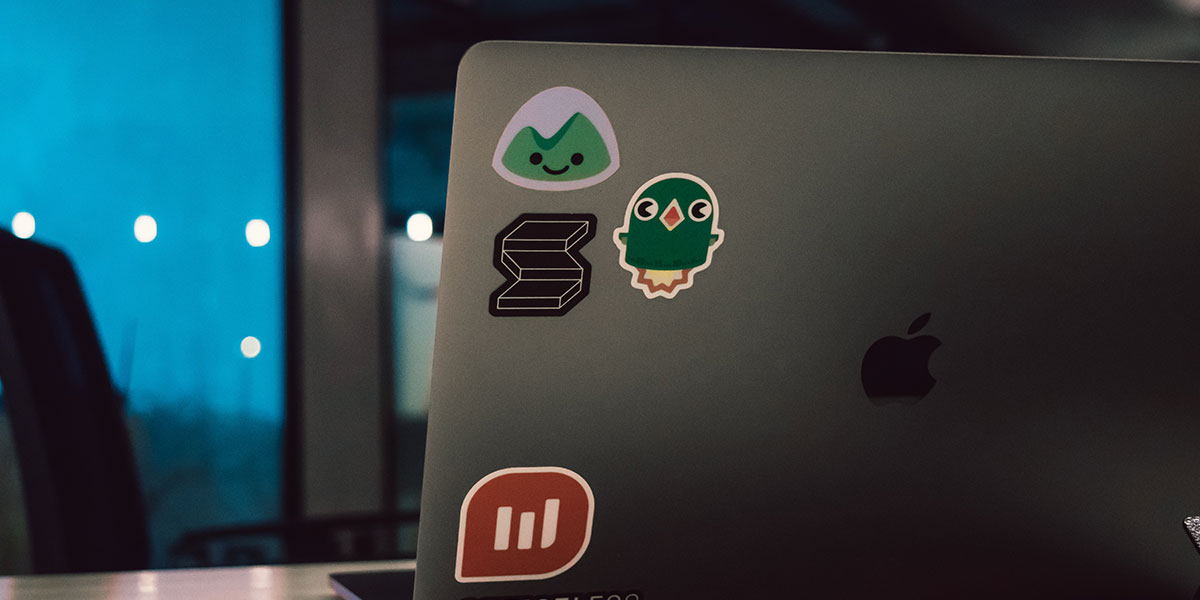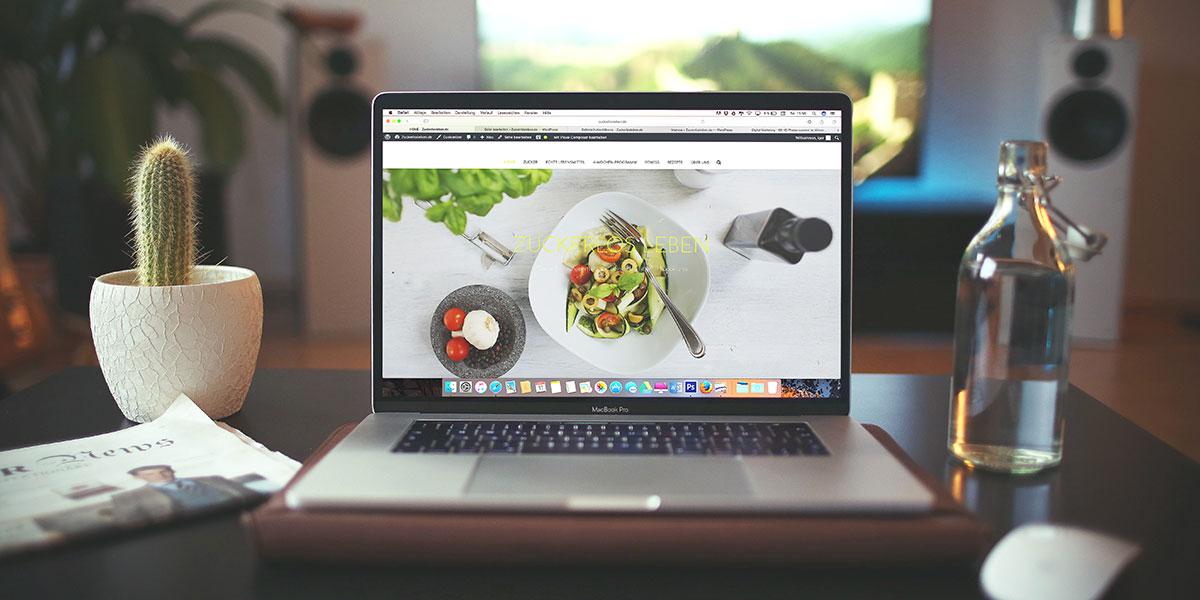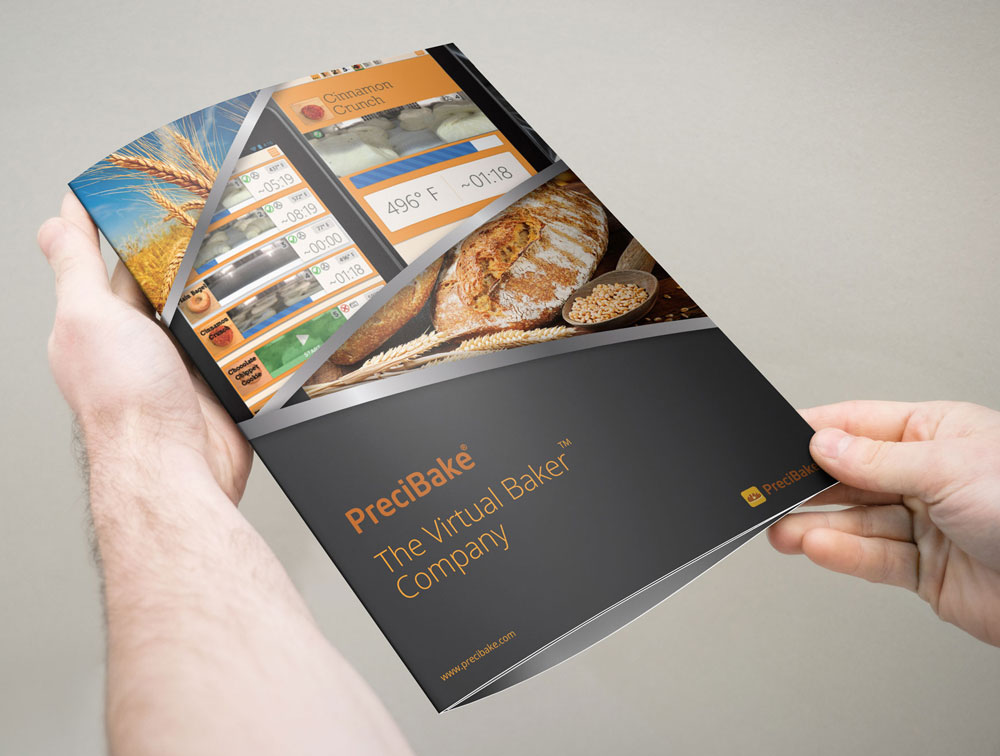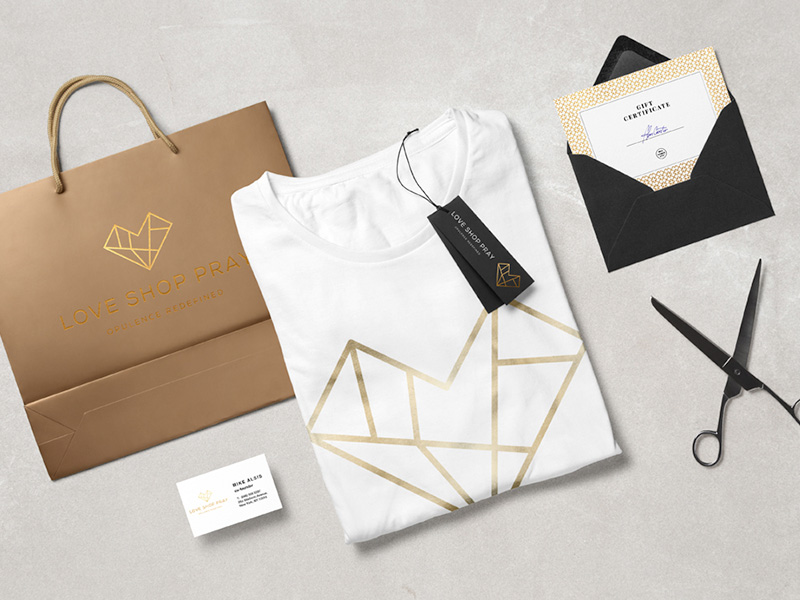Spellbrand Blog
How to Build a Funnel That Converts: Know Your Assets

How to Build a Funnel That Converts: Know Your Assets: In the first post in this series, we touched on the basics of funnels, with an emphasis on the various phases of customer acquisition. In this post, we’ll drill down deeper into those phases, providing you with valuable information you can take action on right now. Then, we’ll examine the funnels of three successful businesses: Basecamp, CrazyEgg and Grasshopper.
Finally, to ensure you’re ready to convert your own leads, we’ll wrap up with a tutorial on creating effective homepage copy. Far too many entrepreneurs rush the copywriting phase, slapping whatever occurs to them onto the page. This, in the end, is a poor choice, because it can sabotage their funnel building efforts. So we’ll nip poor copywriting in the bud right here, in this post. In the next post in this series we will look at how to optimize a sales funnel.

The Phases Revisited
In our last post, you learned that the phases are:
• The awareness phase
• The interest phase
• The evaluation Phase
• The decision phase
• The purchase phase
• The reevaluation phase
• The repurchase phase
In this post, we’ll focus more on the first five, awareness through purchase, and we’ll tell you which marketing assets you should create in each phase. These asset types are incredibly powerful, as they help you build rapport with prospects. With rapport, comes trust. With trust, comes sales.
The Awareness Phase
At this point, the prospect is looking for top-level educational materials. They’re casting a wide net, and they’re not necessarily looking at a particular solution yet. That provides you with an opportunity.
If you can demonstrate that you’re an authority in your space, focusing more on your expertise and less on your product, you can turn a cold prospect into a warm lead. Know going in, though, that a prospect at the very top of the funnel is always a low-value lead because these folks haven’t committed to purchasing a solution just yet. Even if they do purchase a solution quickly, there’s no guarantee they’ll buy from you.
All that said, cultivating these leads can pay off, as we’ll see in the next section.
The following asset types are amazing for snagging the attention of people in the awareness phase:
The white paper
A white paper is an informative, authoritative report that presents a problem and provides a solution. White papers can be persuasive, but they don’t generally promote any particular product or service. The goal is to demonstrate knowledge and to project authority, not to get an instant conversion.
The tip sheet.
The tip sheet is a list of tips that helps a prospect solve a problem in a broad way. For instance, if you sold a money management tool, a good topic for a tip sheet would be, How to save for retirement, because you can list several tips that the reader can look more deeply into if they wish.
The how-to video
More and more, consumers prefer ‘how to’ information in video format. Video tutorials are less intimidating than long articles are. YouTube is the second largest search engine in the world, and many companies now nurture top-of-the-funnel leads by providing how-to content via their YouTube channels. This is powerful brand building, as well.
The educational webinar
A webinar is a powerful tool because it allows you to interact with many people at once. It’s a very efficient way to expose people to your brand. Note, however, that the point of an educational webinar is to address the problem your prospects are facing. You don’t want to hit them with an aggressive sales pitch. If you do, they’ll tune out or leave.
These assets have one job: setting you up as an authority in your space. Remember, folks in this phase are not necessarily considering your product or service, or any product, for that matter. But they are looking for answers.
The Interest & Evaluation Phases
At this point, the prospect demonstrates an interest in non-free solutions to their problem. They’ve burned through all the free blog posts, tutorials and other design resources, and are now ready to throw cash at the issue.
But you can’t assume they’re interested in your product. Even if they’ve been consuming your top-of-funnel content, they might not be aware that you offer a solution to their problem—and that is by design.
In the first phase, you became their friend. You were someone who provided them aid in their quest to solve their problem. Your content likely got them closer to a solution, and they may view you and your brand favorably. Now they’re ready to become a warm lead.
When the prospect learns of your offering, they move to the evaluation phase. In this phase, they will compare your product to that of your competitors, and, with luck, they’ll seek out more information about what you have to offer.
This is the middle of the funnel.
You have their attention, and now it’s time to show them why your product is the best option.
The assets you want to create are:
The product webinar
If you lamented the fact that you shouldn’t make an educational webinar too salesy, then the product webinar is for you. In this webinar, you can focus on your product, its features, and the benefits that customers get from using it. What’s more, you can use your educational webinar as an opportunity to invite prospects to this webinar, meaning those who attend will be warm leads.
The case study
A case study is a document created by your organization that focuses on how your solution solved a customer’s problem. It’s important that the subject of the case study reflect the qualities of your ideal customer. That way, you can be reasonably sure that the case study is relevant to your leads. A good case study illustrates the following: the type of problems you’re good at solving, how you identify and diagnose said problems, how you test your hypothesis, how you evaluate your progress and how satisfied your customers are with your solutions.
The sample
This is fairly straightforward. If you sell a physical product, giving prospects a sample is a good idea. Of course, SaaS and other entities who sell non-physical products can utilize this strategy as well. An example might be a time management app that allows users to ‘mind dump’ all of their to-do list tasks into a simple, interactive interface, with a headline like, Go ahead, take a load off. Then, once the user is finished listing everything that’s on their mind, the app could prompt them for an email so they can sign up for reminders to do the exercise every few days. The company in this very hypothetical example would then place the prospect into a lead nurturing program with the goal of getting them to buy a subscription to the full suite of tools.
The FAQ
Your FAQ should posit and answer questions that actual customers would have.
The data sheet
A data sheet is a one page document that lists the features of your product and the benefits it provides.
The demo video
A good demo video gets right to the point. Show your product in action.
The Decision and Purchase Phases
These phases make up the bottom of the funnel, where the prospect makes their purchase. Remember, just because the prospect is ready to buy doesn’t mean they’ll buy from you. For this reason, it helps to have end-of-funnel assets in place as well.
In most cases, leads at the bottom of the funnel need a final nudge or a gentle push. Typically, this takes the form of a CTA, or call to action. We’ll go in depth on CTAs in the next post, but for now, know that there are a few assets you should use at the bottom of the funnel:
The free trial
The free trial is especially important for SaaS operations. With a free trial, you lower friction by allowing your customer to take the product for a spin. It’s essentially a sample.
The live demo
A demo is similar to a free trial, of course, but the scope is somewhat more limited. Think a test drive at a car dealership or using software for a limited time.
The consultation
The consultation is a powerful sales tool for individuals who sell ephemeral services, such as lawyers, plastic surgeons, etc.
The estimate
An estimate can be a powerful sales asset, especially if you know you can undercut your competitor. If going that route, be prepared to answer objections such as, Why is your estimate so much lower?
The coupon or discount
Offering a coupon code or last-minute discount is a good way to set up an irresistible call-to-action.

Three Winning Funnels Examined
In this section, we’ll examine the funnels of three established services: Basecamp, CrazyEgg, and Grasshopper.
#1 Basecamp
Basecamp, formerly 37 Signals, is a project management tool aimed at businesses of all sizes. It helps employees collaborate efficiently.
Basecamp’s funnel is fairly straightforward. But it is brutally effective, as their competitors could attest.
The Awareness Phase
Their awareness phase strategy centers around building awareness of their company and the suite of tools they offer to other businesses. As a B2B operation, they can afford to focus a bit less on marketing spiel and a bit more on showcasing the raw power of the tools they develop. They get prospects into their funnel via social media, referral links, and their blog, Signal vs Noise.
The Interest Phase
Once a prospect lands on the Basecamp homepage from social media or a blog post, Basecamp takes this as a signal of interest. Their goal at this point is to get the prospect to sign up for a free account. To lower resistance, and therefore friction, Basecamp allows users to sign up with their Google account instead of providing their email, name and other details. Once the lead signs up, they’re taken to the final stage of the funnel.
The Decision Phase
Once a lead has signed up for an account, they’re prompted to take advantage of a free trial. But they need to provide payment information in order to do so. Basecamp can target individuals who have signed up for a free account but who have not taken advantage of a free trial. They do this via retargeting. This allows them to capture these prospects from elsewhere on the Web, putting them back into the funnel.
This simple funnel works because it can, in theory, take someone from cold lead to customer in just a few clicks. By providing a smooth process in which someone can go from reading their blog or Twitter feed to actually using their tools, Basecamp lowers friction.
Friction is anything that makes it harder for a customer to give you their money. It’s anything that will increase the customer’s resistance to taking the action you want them to take.
See this case study by KPMG International Cooperative for more information on reducing friction. In this particular study, the goal was to reduce friction in the fashion market, but you can apply the lessons learned to practically any market.
#2 CrazyEgg
CrazyEgg is a SaaS company that helps businesses better understand how users interact with their sites. To accomplish this, they offer a heatmap tool that provides this data in a highly visible way.
Their sales funnel is similar to that of Basecamp’s.
The Awareness Phase
The folks at CrazyEgg understand that building awareness is the first step. After all, before they convince website owners to pay for their tool, these prospects have to know the service exists. As mentioned in the first post in this series, marketing in the awareness phase may involve paid traffic, blog content and optimizing for SEO to get more exposure for the brand.
To that end, CrazyEgg ran several successful Facebook ads early on to drum up awareness. They targeted their tool to savvy e-commerce site owners, with headline copy that was succinct and clear: Optimize your user website for conversion with heatmaps. They followed this up with a call-to-action: Optimize your user experience and maximize conversions now.
Between this copy, the ad featured an image of the heatmap itself. This approach appealed to business owners because they could instantly see how CrazyEgg’s heatmap could lead to higher conversions. Or, at the very least, they were intrigued by the prospect of using a visual aid instead of pouring over Google Analytics data.
The Interest Phase
When a prospect clicked on one of their ads, they were taken directly to the CrazyEgg homepage. From there, prospects could use an interactive tool that allowed them to see what their own site might look like in the heatmap. This tool gave the prospect a better idea of why people were leaving their site.
The Decision Phase
In order to use this interactive tool, leads had to give CrazyEgg their email address and access to their Google Analytics data. Once they’d used the tool, they were taken directly to a pricing page which explained the various plans and price tiers on offer. If a lead didn’t convert right away, CrazyEgg put them into a lead nurturing program.
Over time, CrazyEgg builds a relationship with these prospects with their How Can I help You? email series. Each email contains a CTA which leads back to the pricing page.
This simple funnel works because CrazyEgg is providing tremendous value. Their homepage content leads with a simple question, What’s making your visitors leave? Note that this presses on the pain point of their ideal customer.
Then, they lower friction and resistance by providing an interactive tool—think sample—and by offering a 30-day free trial of the service.
Don’t underestimate the power of interactive tools. According to the case study_,_ The Symphony of Connected Interactive Content Marketing, the Dos Equis beer brand revitalized sales using such methods. In 2016, the brand retired their Most Interesting Man in the World campaign by sending the titular interesting man to Mars. But the company followed this up with their Interesting Index tool, available on their website. With this interactive tool, people can find out how they stack up against the ‘most interesting man in the world.’
The tactic drove visitors to the site, and that led to conversions.
#3 Grasshopper
Grasshopper provides virtual phone systems for business owners and entrepreneurs. Their simple sales funnel helps them bring in over $30-million per year.
The Awareness Phase
At this stage, Grasshopper utilizes content assets such as YouTube videos and blog posts. But they differentiate themselves from the competition by creating innovative, entertaining videos instead of just harping on about their product.
They also provide valuable content on their blog, helping entrepreneurs make the most of their time.
The Interest Phase
Grasshopper doesn’t provide all of this content selflessly, of course. At the end of their value-packed YouTube videos, users are prompted to visit their homepage. Their blog posts also contain links to the homepage. Once there, the reader is introduced to their unique value proposition and is prompted to learn more via a CTA. When the prospect clicks the call-to-action, they’re taken to a longer, more detailed sales page.
The Decision Phase
This longer sales letter contains detailed information about their service, along with social proof aspects such as testimonials and the logos of well-known brands that have used their service. At the end of the page is another CTA, asking the reader to sign up. Once they’ve signed up, they’re immediately taken to a pricing page.
This funnel works because they are weeding out unqualified leads right from the start. People coming from YouTube or their blog will either be interested in their offering or not, and those that aren’t bounce. Meanwhile, their copy is laser focused and extremely effective. Those who remain on the page are likely to convert.
Speaking of copy, let’s now turn our attention to how you can make your homepage copy shine.

Homepage Copy Optimization
Before CrazyEgg, Grasshopper or Basecamp began searching for leads, they made sure that their homepage copy sizzled. You can create the best, most streamlined funnel in the world, but if your copy drives people away, you’ll suffer from a low conversion rate.
Writing persuasive copy will have a big impact on your conversion rate. Here’s how it’s done.
#1 Start with Purpose in Mind
Many first-time copywriters burn through a lot of time staring at a blank screen. The cursor blinks, and blinks, and blinks. But professional copywriters don’t start by writing. They start by asking themselves a simple question: what’s the point?
That is to say, What is the point of this sales letter?
By answering this question, the mental clutter falls away, and you focus on what matters. What do you want the prospect to do? What is the action they should take right after reading?
Look at your own copy. Is it shaped around getting the prospect to take that next step, or is it all over the place?
#2 Start at the End
When a pro does get to the writing stage, she doesn’t start with the first sentence, she starts with the last sentence.
Why?
Because by working backwards, she guarantees that she will cover the unique selling points or features of the product. Working backwards allows her to get the product ‘stuff’ out of the way and onto the page so she can shift her attention to the customer, which is where it belongs. As she works up the page, then, she begins to think about the customer’s problem in a more general sense. Being able to articulate that problem in broad strokes establishes that she understands the prospect’s plight. This will prompt the prospect to keep reading.
Additionally, the danger of starting from the beginning and working down is that you might ramble, or, worse, launch right into the features of your product. The prospect doesn’t care about that—until they do. You have seconds to capture and hold the prospect’s attention. You have not a word to waste.
Reviewing your own copy, does the sales letter have a clear, well-defined structure? Do you hold off on describing your product, or do you launch right into features in the first paragraph?
#3 Tell the Reader How Your Product Can Make Them Happier
When you find yourself going into feature listing mode, put yourself in your customer’s shoes and ask yourself, So what?
What is it about that feature that provides value?
Let’s say part of your service is that you monitor your client’s servers. So what? You could talk about all the technical mumbo jumble wizardry you employ to keep the server safe, but it’s more effective to speak to the reader about peace of mind. Peace of mind is what you’re really offering, not server stability. Peace of mind is what will make the customer happy. Peace of mind is what the customer craves.
By addressing the prospect’s underlying issues directly, you show them that you get it, and that you’re there for them. Readers will tune out if hit by technical jargon in feature lists, but they will sit up and take notice if they realize that you understand their problem.
In this post, you learned which assets to use in the first five phases, and you gained a stronger understanding of how successful businesses build their own funnels. You also learned a bit about copy optimization so you can make sure your homepage is ready for prime time.
In the next post, I’ll teach you how to write CTAs—calls to action—that prompt users to click. Stay tuned!

Mash Bonigala
Creative Director & Brand Strategist
With 25+ years of building brands all around the world, Mash brings a keen insight and strategic thought process to the science of brand building. He has created brand strategies and competitive positioning stories that translate into powerful and stunning visual identities for all sizes of companies.
Featured Work
See Our Work in Action
Real brands, real results. Explore how we've helped businesses transform their identity.
Client Love
What Our Clients Say
Don't just take our word for it. Hear from the brands we've worked with.
Raymond Chen
RLC Global Archicom, Singapore
"SpellBrand was very accommodating from the beginning of the design process even when we had distinct design ideas, being architect designers ourselves. Jeff responded with many preliminary style options based on our initial sketchy ideas, enabling us to zoom in on the specific feel we were looking for. From that point on, it was just refinement and the final logo was in our hands in a matter of days. We have used SpellBrand on other logos for my clients projects."
Christian Nocera
Dapper Yankee
"Delighted to have used Spellbrand for our last project. The work was thorough and results excellent. For me it was such a pleasure to work with Mash who was able to keep up with all my last minute requests for small changes. Nothing was too much of a problem and I would have to say that its great to work with people who do actually put the customer needs first! One thing saying it, its another thing doing it – Thanks Mash!"
Keep Reading
Related Articles
Nov 19, 2025
What are paths and anchor points in Adobe Illustrator?
Master the fundamentals of paths and anchor points in Adobe Illustrator. Learn how these essential tools work together to create professional logo designs and vector graphics.
Read MoreNov 17, 2025
Use Of Color In Creating Logo Designs
Master the psychology of color in logo design. Learn how colors influence perception, build brand recognition, and create emotional connections with your audience.
Read MoreNov 17, 2025
Developing a Jewelry Logo
Learn how to create a jewelry logo that captures elegance and sophistication. Discover design strategies, typography choices, and color palettes that work for jewelry brands.
Read More

